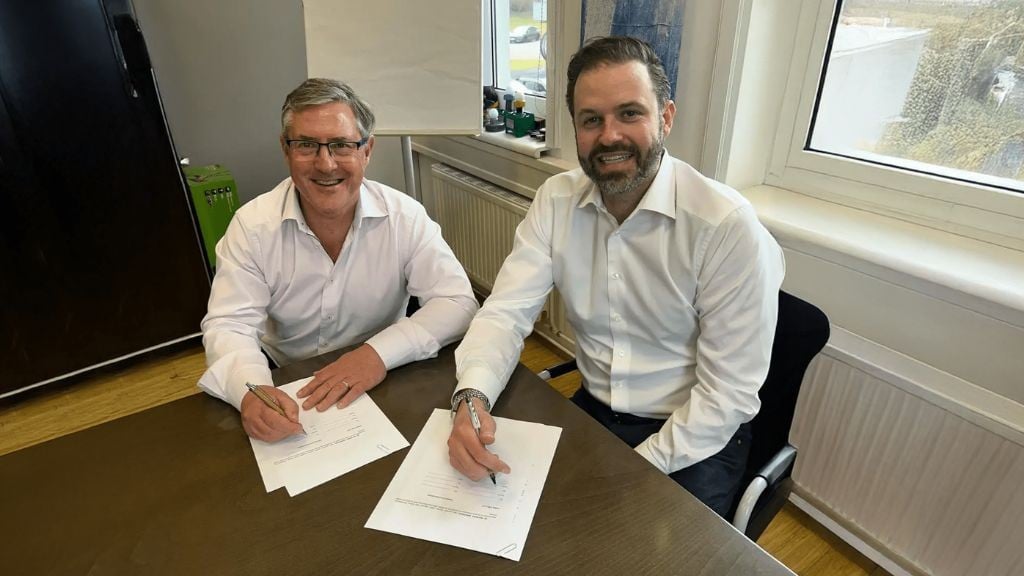The roadmap to zero-waste-to-landfill
Envita Solutions has helped 230 facilities achieve zero-waste-to-landfill status with its five essential steps

For years, going zero-waste-to-landfill (ZWTL) has been considered the marquee standard for sustainability in the waste management segment. Although it has been seen as a tangible benchmark, the industry has come to the consensus that true sustainability requires a nuanced balance of environmental and financial considerations. Envita Solutions, a partner for total waste management, focuses on the reality of what it means to be zero-waste-to-landfill.
Over the last two decades, Envita Solutions has helped more than 230 facilities achieve this status. Shaun Miller, senior director of operations and sustainability, has identified five essential steps that form the roadmap to achieving zero-waste-to-landfill.
Build a strong foundation
Achieving ZWTL requires a thoughtful and tailored approach. It is not just a goal; it's an opportunity to embed sustainability into the baseline of operations. Miller notes that the journey starts with a detailed assessment of waste streams, volumes, and management practices. A total waste management partner can provide accurate data and analysis to help better understand your waste streams and the associated costs.
Form a team
Sustainability isn't a solo act, it's important to engage stakeholders early in the process as a cultural shift is essential for success. Leadership should be at the forefront of prioritizing the initiative, selecting a solution, and forming a cross-functional team to implement that solution. Everyone has a part to play, from operations to purchasing and even human resources.
"One person can make a difference, but a group of aligned individuals can achieve change on a grander scale and at a quicker pace," Miller explained.
Set realistic goals
Zero-waste-to-landfill isn't something that's going to be achieved overnight. A total waste management provider can help outline realistic goals and focus on pragmatic wins as the sustainability plan is being implemented. Incremental successes build momentum, laying the groundwork for the future.
Quantify impact
Ultimately, sustainability goals have to align with ultimate business objectives. A total waste management provider can help weigh the environmental, carbon, cost, and logistical impacts to decide what is most important to the company. By showcasing metrics like landfill diversion, cost savings, and carbon footprint reduction, companies can underscore the financial and environmental value of their efforts.
Continuous Improvement
While zero-waste-to-landfill is a significant achievement, it is rarely the end goal. In fact, Miller believes ZWTL should be treated as a foundation for continuous improvement. Once the foundation is laid, you can build toward broader sustainability goals such as net-zero emissions and greater resource efficiency.
"Zero-waste-to-landfill doesn't live in a silo," Miller said. "It's always about refining, refining, and refining to ensure the smallest percentage, if anything, is sent to waste-to-energy."



